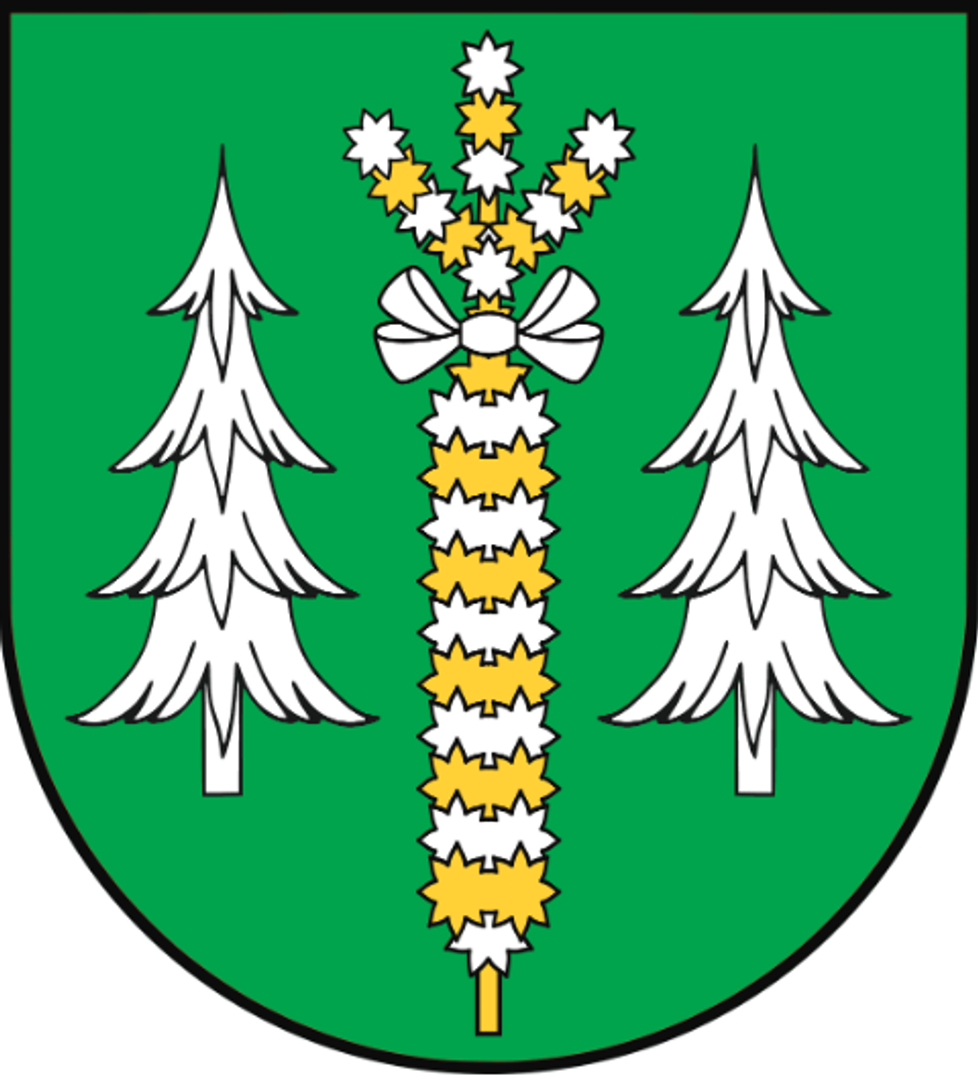Bald.
6.54

Overview
The Łyse Commune, located in the Masovian Voivodeship, in the Ostrołęka County, has a rich history and a diverse spatial structure. The commune consists of 22 villages, including Łyse, which is its seat. The commune is known for the sandy Kurpie Plain, characterized by a significant percentage of forests and grasslands. The soils in this region are poor, mainly class V and VI, which affects local agriculture focused in 62% on agricultural land, while 35% is forests. An interesting point in the commune is the Serafińskie Marshes, which are a nature reserve of fauna and flora and a remnant of Lake Krusko. The Łyse Commune is an area where Kurpie traditions are still alive, with colorful costumes, local dialect, and rituals related to the seasons and foraging. The most important event is the Kurpie Palm, held on Palm Sunday, during which residents compete for the most beautiful palm and also present their handicrafts. Historically, in the years 1939–1945, the commune belonged to Landkreis Scharfenwiese in East Prussia. The commune had 6,419 inhabitants in 1921, and according to data from 2019, this number increased to 8,384. Over the years, the commune was led by many mayors, including Czesław Drężek and Wiesław Kowalikowski, who served for several terms. An interesting fact is the preservation of numerous customs and traditions, which attracts tourists from various parts of Poland and abroad. The commune has 21 village councils, and among the neighboring communes are Kadzidło, Myszyniec, Pisz, Rozogi, Turośl, and Zbójna. According to data from 2002, the commune covers an area of 246.45 km², which is 11.74% of the area of Ostrołęka County.
Location
You can also find here:
2025 Wizytor | All Rights Reserved
